Elevate Your Bathroom: Top Luxury Flooring Solutions for Every Style
When renovating bathrooms, prioritizing waterproof and slip-resistant flooring is essential. Luxury…….
Introduction
When it comes to designing a functional and aesthetically pleasing bathroom, the choice of flooring is paramount. This article delves into the various options available for bathroom flooring, their benefits, and the factors that influence their selection. From durability and design to sustainability and cost, understanding the myriad of options ensures homeowners and designers can create spaces that are both beautiful and practical.
Understanding Bathroom-Flooring Options
Bathroom flooring options encompass a range of materials, each with its own set of characteristics. These include ceramic tiles, vinyl, natural stone, laminate, and engineered wood. The choice often depends on factors such as moisture resistance, comfort, aesthetic preferences, and budget. Historically, materials like slate and marble were popular due to their durability and heat retention properties. Today, advancements in manufacturing have expanded the selection to include a variety of composites and luxury materials.
Global Impact and Trends
The influence of global trends in bathroom flooring is evident in design styles that range from minimalist to luxurious spa-like environments. European designs often favor large format tiles for a sleek, modern look, while North American preferences lean towards practicality and ease of maintenance. In Asia, traditional patterns and materials are increasingly blended with contemporary designs. These global influences create a diverse tapestry of flooring options that cater to different tastes and requirements.
Economic Considerations
The bathroom flooring market is subject to economic factors such as material costs, labor prices, and consumer spending patterns. In times of economic downturn, cost-effective solutions like vinyl and luxury vinyl planks gain popularity due to their affordability and durability. Conversely, during periods of economic growth, there’s a greater investment in premium materials like natural stone and high-end tile collections. These trends reflect the dynamic relationship between economics and consumer choices.
Technological Advancements
Innovations in bathroom flooring technologies include the development of waterproof, scratch-resistant, and easy-to-clean materials. Smart floors that integrate heating elements for comfort and advanced manufacturing processes that create thinner, yet stronger tiles are also on the rise. These advancements not only enhance the functionality of bathrooms but also open up new possibilities in design and installation.
Policy and Regulation
Regulations governing bathroom flooring focus on safety, accessibility, and sustainability. Building codes ensure that materials used are safe for high-moisture environments. Green building standards encourage the use of eco-friendly products. These policies influence the industry by promoting practices that protect health and preserve natural resources.
Challenges and Criticisms
One of the main challenges in bathroom flooring is balancing aesthetic appeal with functionality, particularly in terms of moisture resistance and slip resistance. Another criticism is the environmental impact of certain materials, prompting a shift towards sustainable options. Solutions to these issues include the use of eco-friendly materials, proper ventilation systems, and the implementation of anti-slip surfaces.
Case Studies
Several case studies illustrate successful applications of bathroom flooring options. A luxury resort’s spa facility showcases the durability and elegance of marble flooring, while a family home demonstrates the practicality and affordability of vinyl planks. These real-world examples provide valuable insights into the performance and appeal of different materials under varying conditions.
Future Prospects
Looking ahead, the bathroom flooring industry is likely to see further innovation in sustainable materials, smart technology integration, and customization options. The rise of 3D printing could revolutionize the way floors are designed and manufactured. Additionally, there will be a growing emphasis on health and wellness, influencing the choice of materials that contribute to a comfortable and therapeutic bathroom environment.
Conclusion
Bathroom flooring options are diverse and offer solutions for every taste, budget, and functional requirement. The choices one makes can significantly impact the usability, longevity, and aesthetic appeal of the space. As trends evolve and technology advances, the options will continue to expand, ensuring that bathrooms remain a testament to comfort, style, and innovation.
FAQ Section
Q: What are the most durable bathroom flooring options?
A: Ceramic tiles, natural stone like marble or granite, and luxury vinyl planks are among the most durable choices for bathroom floors. They are resistant to moisture and can last for decades with proper care.
Q: Which bathroom flooring option is best for a small space?
A: For a small bathroom, it’s recommended to use light-colored large format tiles as they can make the space appear larger. Additionally, materials like vinyl or linoleum are good options due to their ease of installation and maintenance.
Q: How do I ensure my bathroom flooring is slip-resistant?
A: Choose materials with a textured surface or apply an anti-slip coating. Tiles should have a rating that indicates their slip resistance, typically denoted by a mark such as R10 or R11.
Q: Are there eco-friendly bathroom flooring options?
A: Yes, there are several sustainable options like bamboo, cork, recycled glass tiles, and reclaimed hardwood. These materials reduce environmental impact and often have a lower carbon footprint.
Q: What is the cost difference between high-end and budget bathroom flooring options?
A: The cost can vary significantly depending on the material, quality, and installation complexity. Premium options like natural stone or high-end tiles can be several times more expensive than budget-friendly choices like vinyl or ceramic tiles installed by a DIY enthusiast.
By considering these factors and staying informed about emerging trends and technologies, homeowners and designers can make the best choice for their bathroom flooring needs.
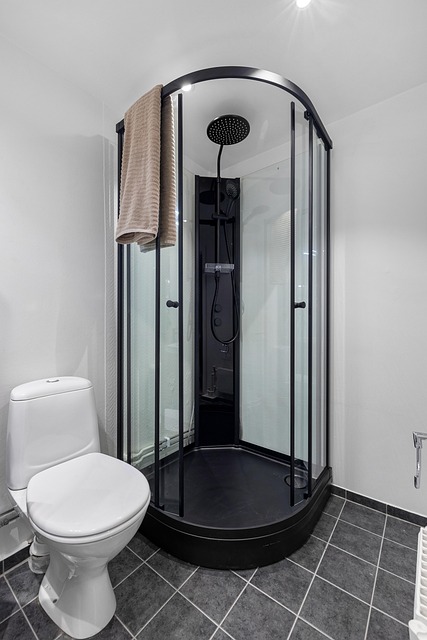
When renovating bathrooms, prioritizing waterproof and slip-resistant flooring is essential. Luxury…….
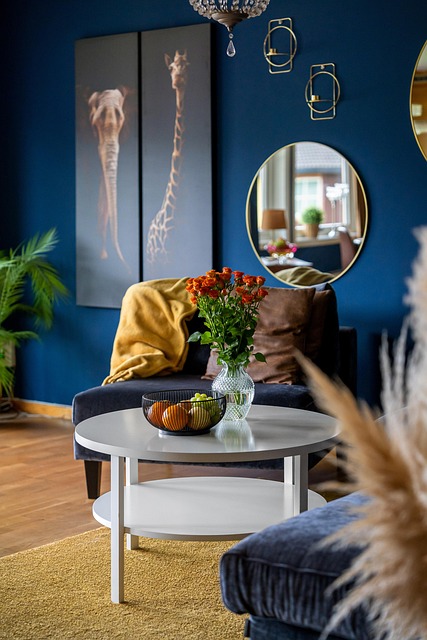
Choosing the right bathroom flooring combines style and functionality. Waterproof options like luxur…….
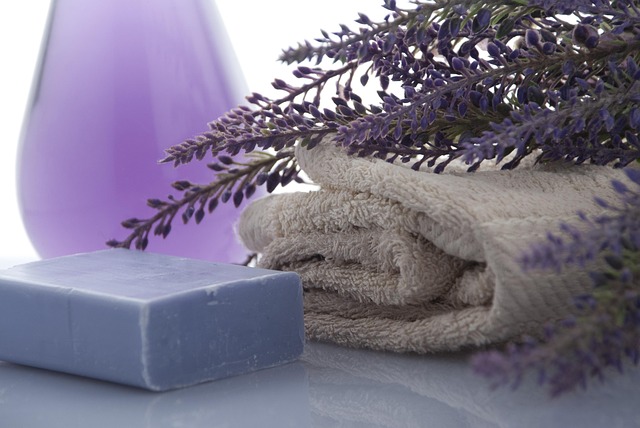
When selecting bathroom flooring, prioritize water resistance, safety, and durability with top choic…….
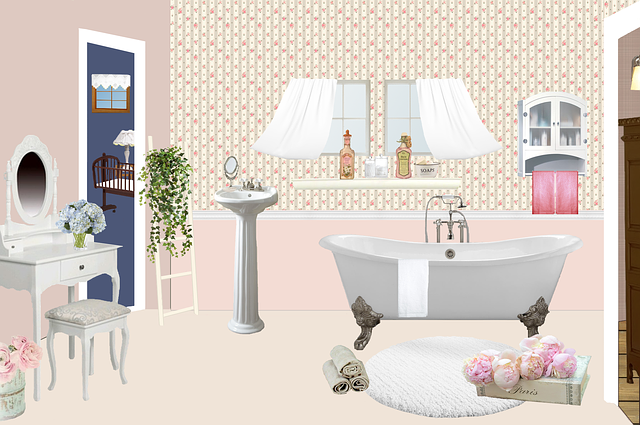
This text explores various bathroom flooring options, highlighting waterproof choices for wet enviro…….
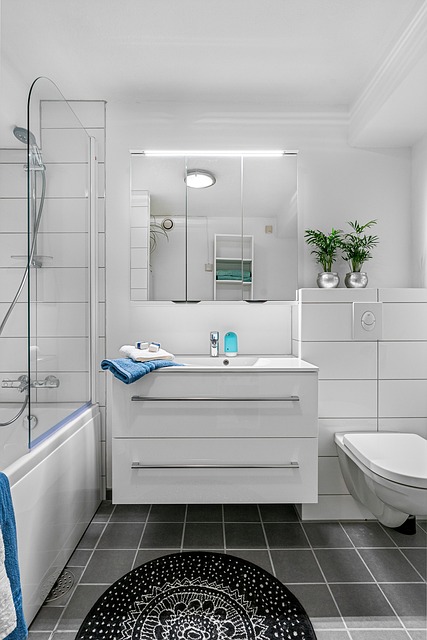
When choosing bathroom flooring, prioritize comfort, durability, and safety. Waterproof options like…….
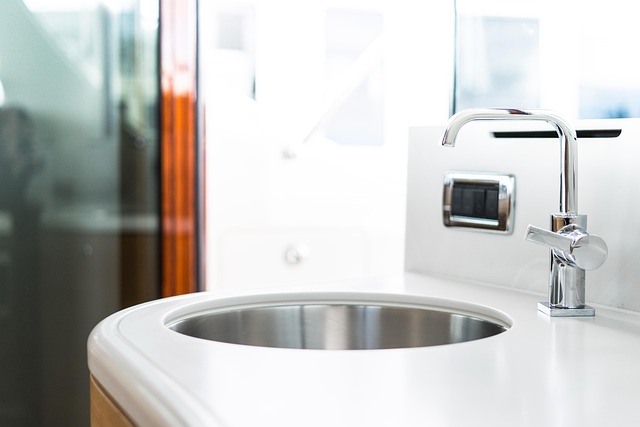
Homeowners have multiple durable and aesthetically pleasing bathroom flooring options to prevent wat…….
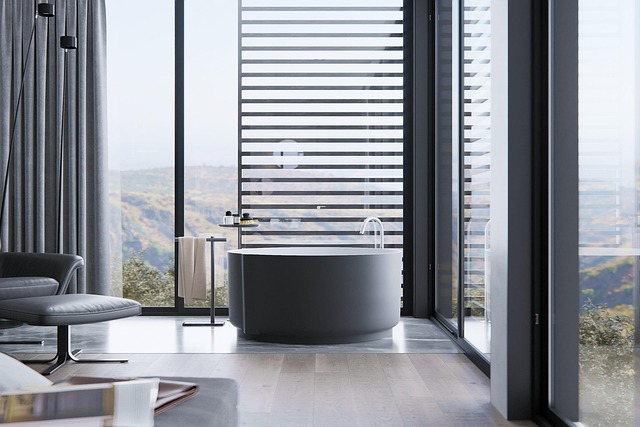
Choosing the best bathroom flooring combines style and functionality. Waterproof materials are essen…….
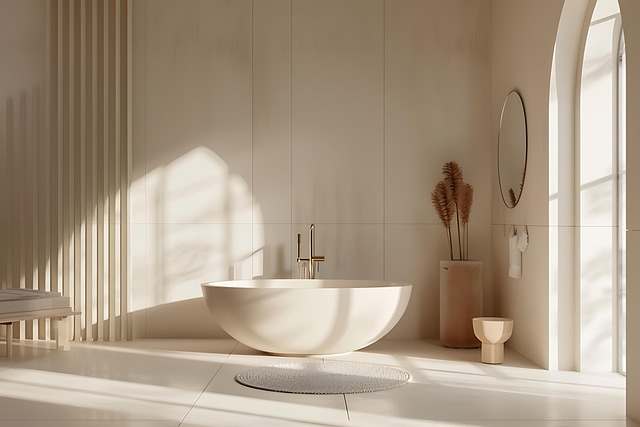
When choosing bathroom flooring, prioritize waterproof and slip-resistant properties for safety and…….
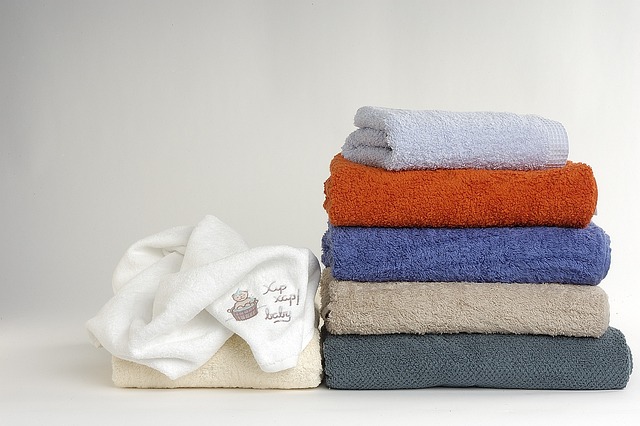
Selecting the perfect bathroom flooring combines aesthetics and functionality. Waterproof and slip-r…….
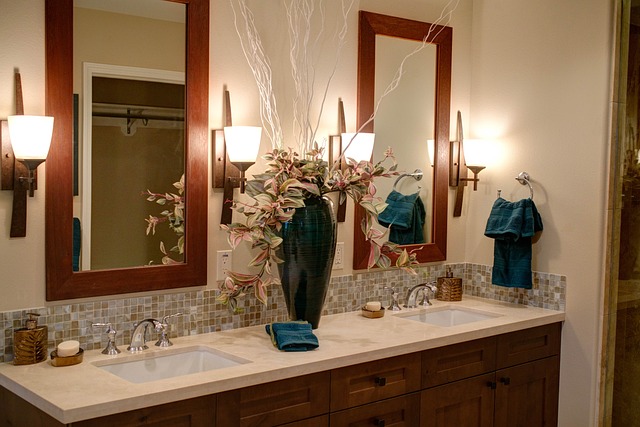
Choosing bathroom flooring requires considering water resistance and slip resistance due to high moi…….